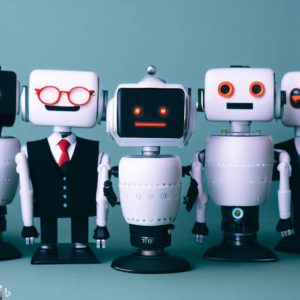
Chatbot Design
As more and more businesses are embracing the power of chatbots, the focus on chatbot design is becoming increasingly important. After all, a chatbot is only as good as the experience it provides to users. For an effective chatbot, businesses need to focus on creating a conversational experience that is natural.
The first step in designing a chatbot is to identify the key user needs chatbot will be able to perform. This involves mapping out the user journey, identifying the common questions and problems. Also need to create a flowchart that outlines the conversation between the user and the chatbot.

Once the user journey has been mapped out, create a persona for the chatbot. This involves deciding on a name, voice, and tone that reflects the brand and is appealing to the target audience. The persona should be designed to be friendly and approachable, to encourage users to engage with the chatbot.
Conversational Experience
When designing the conversation flow, it is important to keep the user’s perspective in mind. The chatbot designed will respond to user inputs in a natural and conversational way. The chatbot should be able to understand the context of the conversation in order to provide relevant responses. It is also important to keep the conversation simple and to avoid confusing the user with jargon or technical terms.
Another important consideration when designing a chatbot is to provide users with multiple options for getting help. This could include offering a range of responses to common questions, providing links to relevant articles or resources, or even allowing users to speak to a human representative if they need more help.
Overall, the key to creating an effective chatbot design is to focus on creating a conversational experience that is natural, engaging, and easy to use. By following these best practices, businesses can create chatbots that provide a valuable service to users and enhance the overall customer experience.
